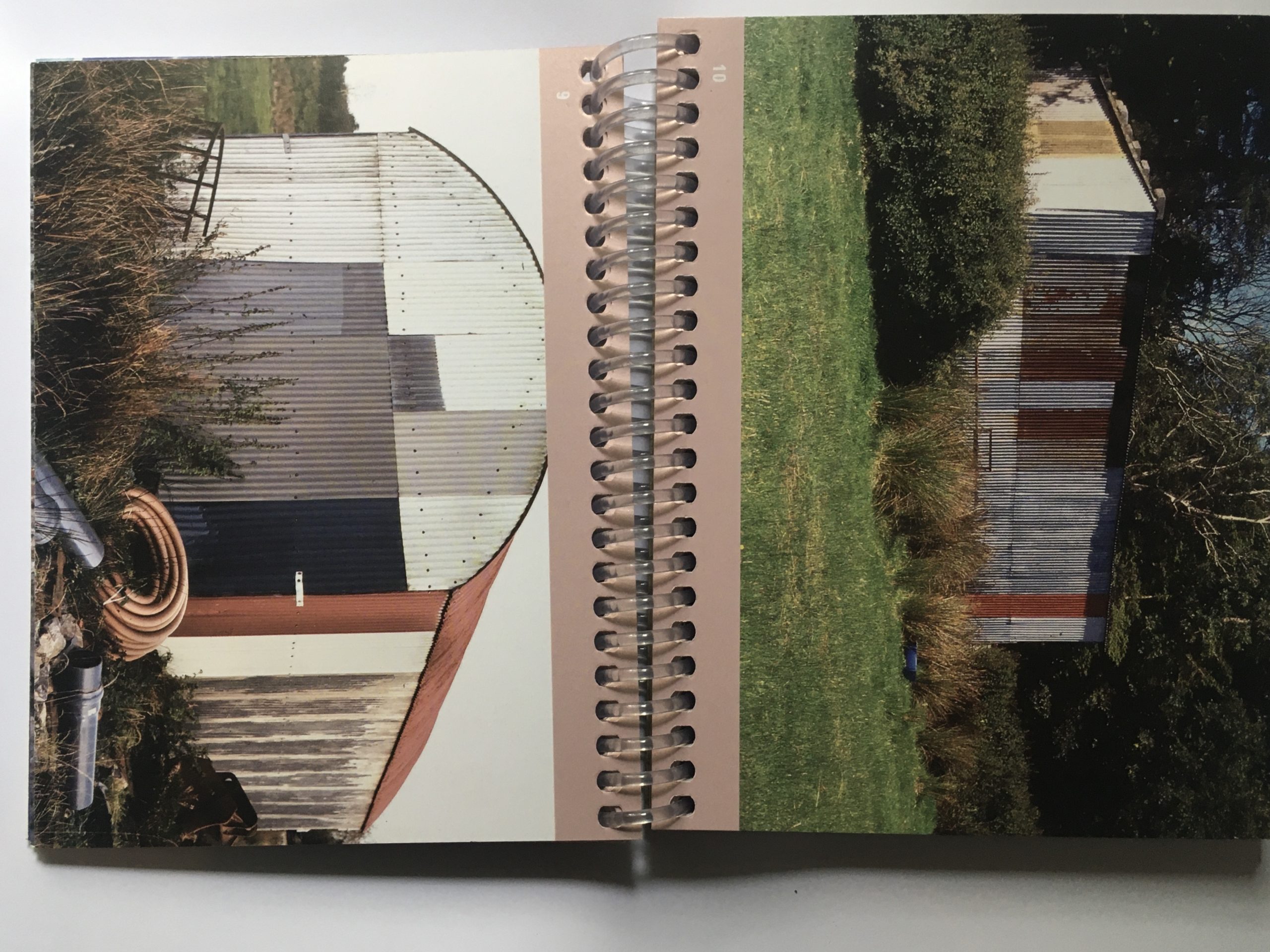£18.00
Coracle Press
New Irish Paintwork, 2002-2004
Helen O’Leary and Paul Chidester
51 images; printed on card, spiral bound
Edition of 500
ISBN 0 906630 27 4
4 in stock
Description
Coracle Press: New Irish Paintwork is a little book of photographs about paintwork and signs found on an Irish journey by Helen O’Leary and Paul Chidester. This is a book for lovers of quirky discoveries and visions of chance creativity. Through carefully selected pairs of images, New Irish Paintwork presents the results of journeys made by the artists through the Irish countryside. They notice all kinds of details of paint, from sign-boards, improvised barriers, to walls and window surrounds.
Journeys through the handy, patchworked, yet dishevelled nature of the Irish Countryside. From home in Leitrim to friends in Wexford, Roscommon and Mayo, via the boreens of Tipperary. Attempts to decorate steel, concrete and stone with paintwork rarely last, but produce curious anachronisms for a time.
The cover for Coracle Press: New Irish Paintwork is a card image with the phrase ‘New Potatoes’, illustrated with a strawberry. A little joke, as at first one thinks this is a book about odd potatoes, it gives a clue to the artists’ sensitive eye for the incongruous, as well as for composition.
About Coracle Press
Coracle Press is a small and completely individual publishing press. Writer and artist Erica Van Horn and poet, artist and editor Simon Cutts, direct it now from a small farm between the hills of South Tipperary, Ireland. They have been there since 1996. However, they began in London in the nineteen seventies, as publisher, gallery, and a space for books. Their last London book shop project project was ‘workfortheeyetodo’ in the mid-nineteen nineties. They also had a Norfolk connection, printing many of their works from a printer based in King’s Lynn.
From their remote spot in Ireland, they continue as printer-publisher, editor of
spaces. They describe their practice as ’employing many of the devices and formats of hypothetical
publishing inherent in the small press’. Their books have both critical and playful
dimensions. But they are also steeped in poetry – they call it a residue of poetry – concerned with the mechanisms of the book as a manifestation of the poem
itself. They are also mindful of their many collaborations with other artists and writers, which evade any clear category. Being open to new ideas and approaches marks all their projects. Limiting their scope or over-categorising their content or defining their range does not interest them.
The books themselves are not so concerned with craft tradition,
limited-ness of edition, hand-made paper or elaboration of binding. While each one has its unique character and appearance, what they want to achieve is the plain and simple case-bound book, the sewn paperback. They are working constantly at extending the category of ephemera. Making quirky visions, askance views, eccentric perceptions widely available is what they are all about.








